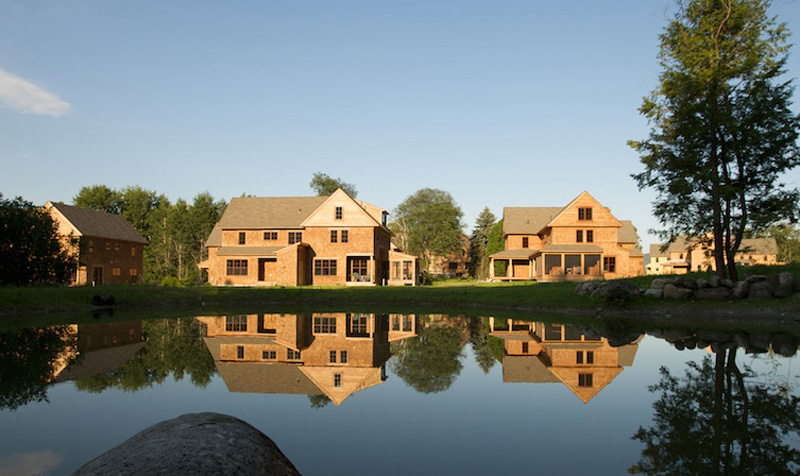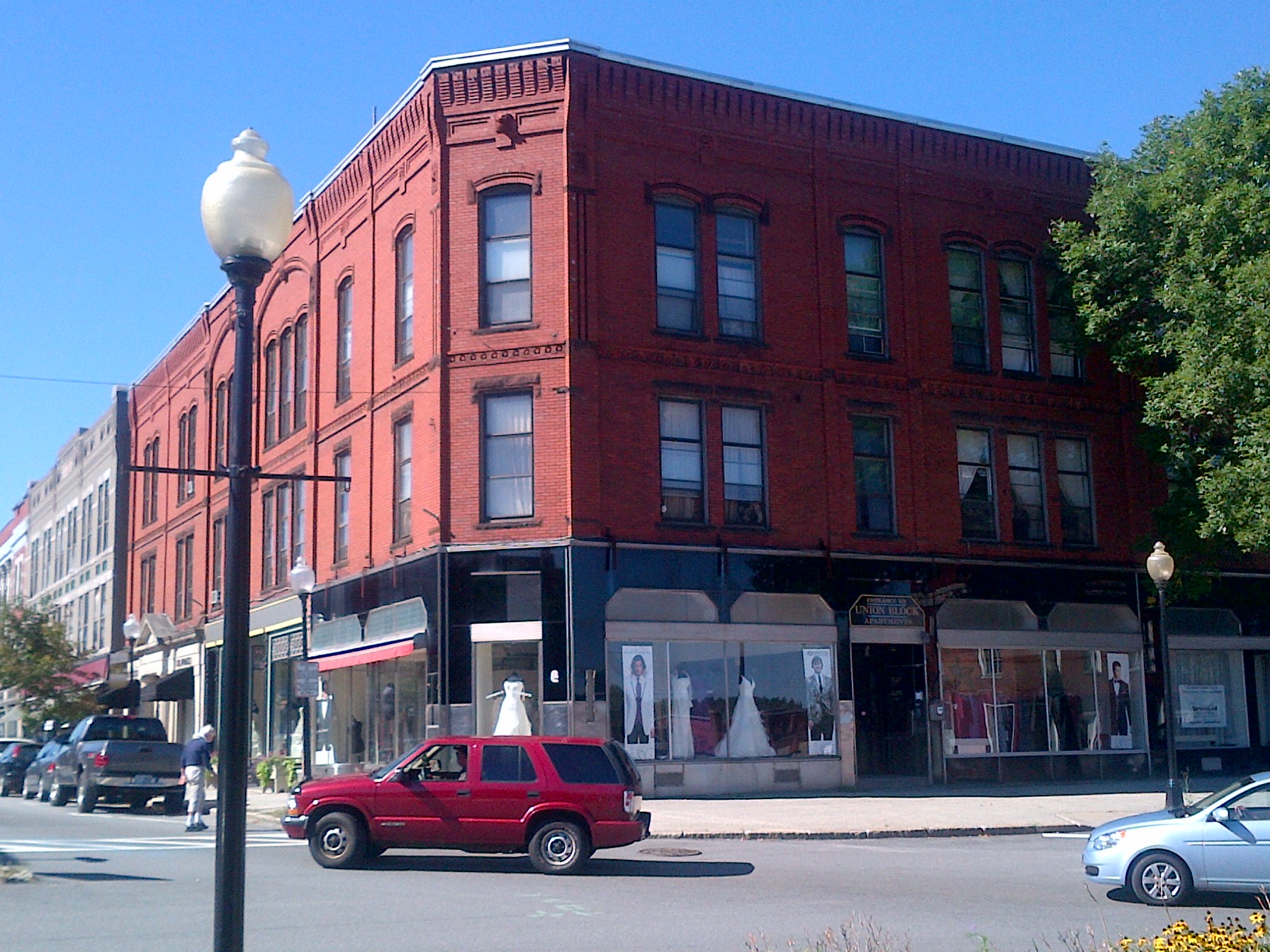
How I Moved from Residential Construction into the Commercial Market
I started my foray into the construction business in the early 80s. After a stint as a sculptor’s apprentice and assistant, I opted for what I hoped would be a more stable life for my young family.

I had been raised in construction. My father, grandfather and uncles were all in construction. I picked up a hammer at an early age and was, with my father’s patience and guiding hand, fairly skilled in carpentry by the end of my high school years.
I worked my way through college as a framer and developed proficiency in cabinetmaking and fine carpentry by my mid-twenties. I had always wanted to have my own business. Construction was a natural choice for me.
I started out as a member of a small builder’s co-op that evolved into a partnership. In the 80s, we built a couple of high-performance passive solar homes each year. We experimented with a number of strategies. The book “Building for Energy independence: Sun/Earth Buffering and Superinsulation” was our Bible.
I did the math and recognized that we could have a bigger impact if we applied the same concepts to larger commercial buildings.
Ultimately, we moved toward strategies of superinsulation and airtightness and away from the hassles associated with sloped glass and movable insulation. After learning of Joe Lstiburek’s work, we quickly realized the Canadians were a lot smarter about building performance than we were. We started trying out various insulation and air-sealing strategies that were prevalent at the time.

We were a small outfit of trusted tradespeople with a steady flow of decent work through the 80s. As I was challenging myself to have a positive impact on the environment, I did the math and recognized that we could have a bigger impact if we applied the same concepts to larger commercial buildings. Since this decision, I have had the good fortune to build and renovate close to one million square feet of high-performance building projects.
The commercial building world is quite different from the residential market. The expectations are different. The stakes are higher, as the buildings are larger and the occupants present many variables. After taking a close look at our internal operations, I realized there would be significant benefits to formalizing our systems of communication and project administration.
The most successful projects all had a number of team members from the NESEA community.
 The next step in my professional evolution was to set a goal for building high-performance buildings on a commercial scale. The following step was to understand that there was a lot that I didn’t know about running a commercial construction management company. After realizing what I didn’t know, I set myself on a course of study to learn the things I needed to know to attain that goal.
The next step in my professional evolution was to set a goal for building high-performance buildings on a commercial scale. The following step was to understand that there was a lot that I didn’t know about running a commercial construction management company. After realizing what I didn’t know, I set myself on a course of study to learn the things I needed to know to attain that goal.
When I made the decision to take the company in this direction, I quickly realized that there was a lot that I didn’t know about project management on a commercial scale. I committed myself, with my family’s support, to a course of study that vastly improved my chance of success in this new venture.
I’ve summarized the key steps in my journey in hopes that they may prove useful to others in our community.
- I needed a new kind of education! In addition to reading every book I could find about commercial construction project management, I enrolled in the Graduate Certificate in Construction Management program at Northeastern University. This commitment to three years of night school – while running a small business and raising two active kids – gave me a number of things that I needed to succeed as a commercial contractor. I already had the technical knowledge and a passion for constructing quality buildings. What I needed was the discipline and administrative consistency of recognized industry standards to be able to deliver a project in the commercial and institutional marketplace. The education I pursued gave me the knowledge and background to develop a construction management process that was designed to deliver innovative high-performance building projects.
- I tested my newly-developed process with a great team of building performance gurus, including Stu White and Marc Rosenbaum, in 2001 on the first LEED Gold commercial building project built in New England.
- I relied upon several folks from the NESEA community, including Marc, James Petersen, Bruce Coldham and Tom Hartman, who were always willing to take the time to discuss how to better deliver a quality building project. These conversations were often less about where to put the air barriers and more about how to motivate tradespeople to care about actual results.
- I needed to redevelop my team building and communication skills. Recognizing that institutional projects often required me to work with several “owners,” all of whom had different interests and agendas, I soon understood that these skills were essential. We were no longer working with couples who owned residential buildings; working with married partners has its own complexities. Often in an institutional project, the “owner” consisted of the heads of schools, directors of facilities, faculty members, directors of development, and business managers – all on one team!
Working with a strong design team to complete a quality high-performance building project with a process involving innovation and openness is a very rewarding experience. As I look back on the projects over the years, I recount the challenges and opportunities we encountered along the way and I find that the most successful projects all had a number of team members from the NESEA community. It is here that I find a supportive community that challenges me to reach for a better future.
Our Mission
NESEA advances sustainability practices in the built environment by cultivating a cross-disciplinary community where practitioners are encouraged to share, collaborate and learn.





Add comment